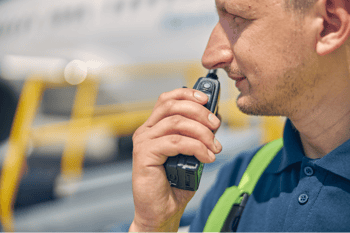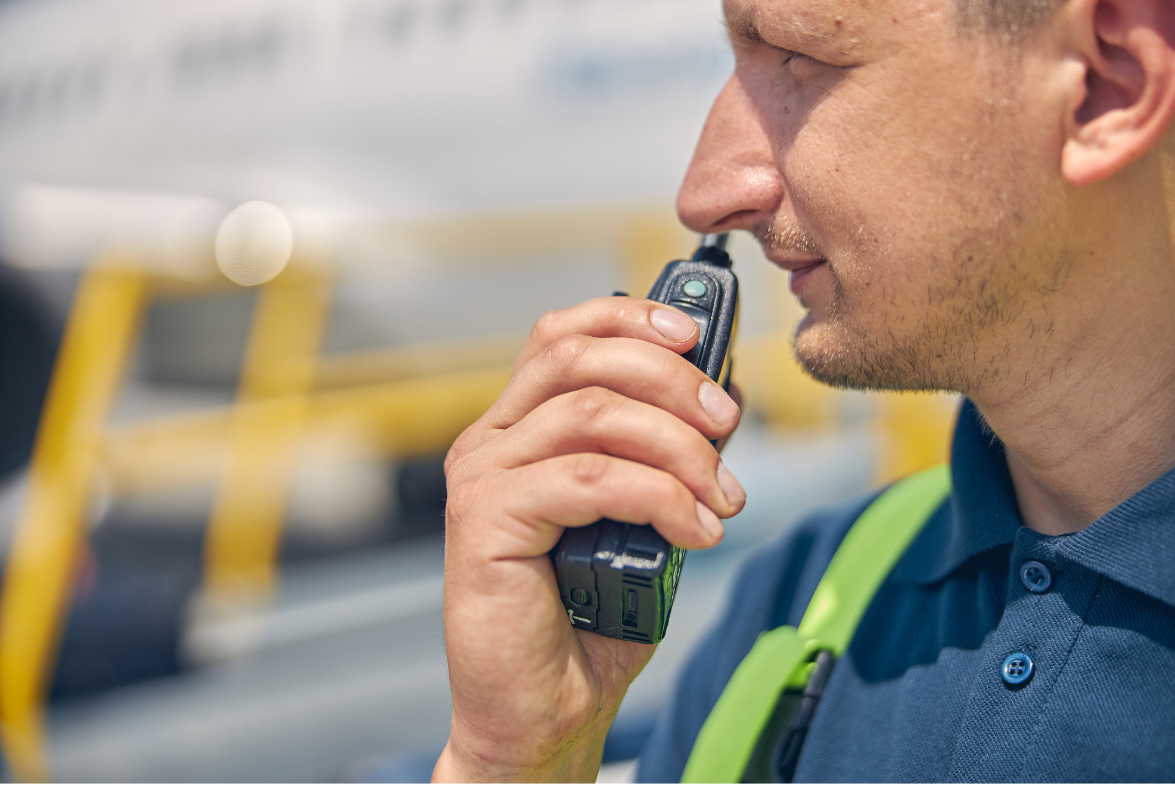
Lithium-ion batteries are the power source for many of our most essential tools: cell phones, iPads, power tools, and—my favorite piece of equipment—two-way radios.
With a little bit of care and planning, you can optimize the life of your batteries.
Taking a proactive approach to battery care ensures that your devices are always ready for use and helps you make the most of your investment. Remember, a little care and planning can go a long way in optimizing the performance and longevity of your lithium-ion batteries.
Here are some tips for keeping your batteries in tip-top shape.
1. Charge your batteries when you get them
Every lithium-ion battery that comes in the mail is only partially charged—usually a quarter to a third. It’s a federal regulation that you can’t ship fully charged batteries; they are more prone to explosion. So whether you’re putting it in service now or at some point in the future, charge them up. What happens over time is that if you don’t charge the battery, the voltage slowly drops down to the point where, when you put it in the charger, the charger doesn’t even recognize that there’s a battery on the charger because the voltage is so low; the battery won’t charge.
Here’s a cautionary tale. A customer I’d worked with for years bought a bunch of radios and batteries. Then the batteries got put on a shelf somewhere. Everyone forgot about them. A new person came in and told me they found 30 unused batteries—none worked. I had her read the battery date code to me, and I learned they were about four years old. Most batteries have a warranty of about a year and a half to two years, depending on the model. So, not only were those batteries out of warranty, but none would charge because the voltage had dropped so low.
Batteries are designed and manufactured to ensure optimum radio performance. Still, battery capacity naturally decreases over time. These tips can keep your stored two‑way radio batteries in optimal condition to provide the most value over time.
2. Purchase spares and keep them charged.
It’s a good idea to keep spare batteries for your radios, but don’t purchase backups; stow them on a high shelf and forget about them. The first thing you should do before putting them on the shelf is to charge them. Write a note or set a reminder to take them off the shelf again in three months. It actually says that on the battery boxes. People put equipment away, and they forget about it. That leads to those issues where not all the batteries will charge.
When this happens, if the battery is still under warranty, I can help them out. But oftentimes, it’s beyond the warranty period.
3. Learn how to read a battery date code.
Most batteries produced by Motorola in the past 10 years have a very simple date code that follows the part numbers on the back of the battery. You’ll see a number like PMNN4544 followed by a space.
After that space, there is a four-digit battery code. The first two digits are the year, and the second two are the week of the year. For example, 2116 means the battery was produced in the 16th week of 2021. So, the warranty for that particular battery would expire in early 2023. What often happens is that customers will complain that their batteries aren’t working, and we’ll look at the code and see that their batteries are from 2017, so their warranty expired in 2019. As a result, their battery is not charging to full capacity; only one of the three or four cells is even accepting a charge. That’s why you can’t have a radio conversation because the radio doesn’t have enough power.
4. Know the telltale signs of battery depletion.
The power gradually diminishes with batteries. Many Motorola batteries last between 16 and 23 hours; it depends on how much you use them. If you have a radio and never use it, it will probably last you two days, just like a cell phone would. But if you’re on the radio all day, the battery cells start getting depleted. Suddenly, you have a fully charged battery run out on the floor; you’re getting an audible tone saying the battery’s low. That’s the first telltale sign that something is wrong with the battery. That’s when I say to look at the date code and see if the battery needs to be replaced. Ninety-nine percent of the time, that’s the problem.
5. Plan ahead for supply chain delays.
Normally, we have batteries in stock, but the supply chain disruptions have definitely affected that. I’ve been schooling my customers since the start of the pandemic to plan ahead.
Radios have about 230 microchips in them, sourced from around the world, so there’s no one place to call up and say you need microchips for your batteries. Someone makes the chip that makes sure the battery doesn’t overheat. The next person makes the chip that shows the voltage to the charger, and then someone else makes a chip that tells the charger where it is in the conditioning status. The batteries themselves have about 30 microchips, and everyone else on the planet is fighting for those same microchips. We still have supply chain issues with batteries; lead times are currently running about four months.
Batteries are crafted with meticulous attention to detail to ensure optimal performance for your radios. However, it's important to understand that battery capacity naturally decreases over time. By incorporating these valuable tips for caring for your two-way radio battery into your comprehensive maintenance and troubleshooting strategy, you can ensure that your communications consistently remain clear and reliable in the future.



